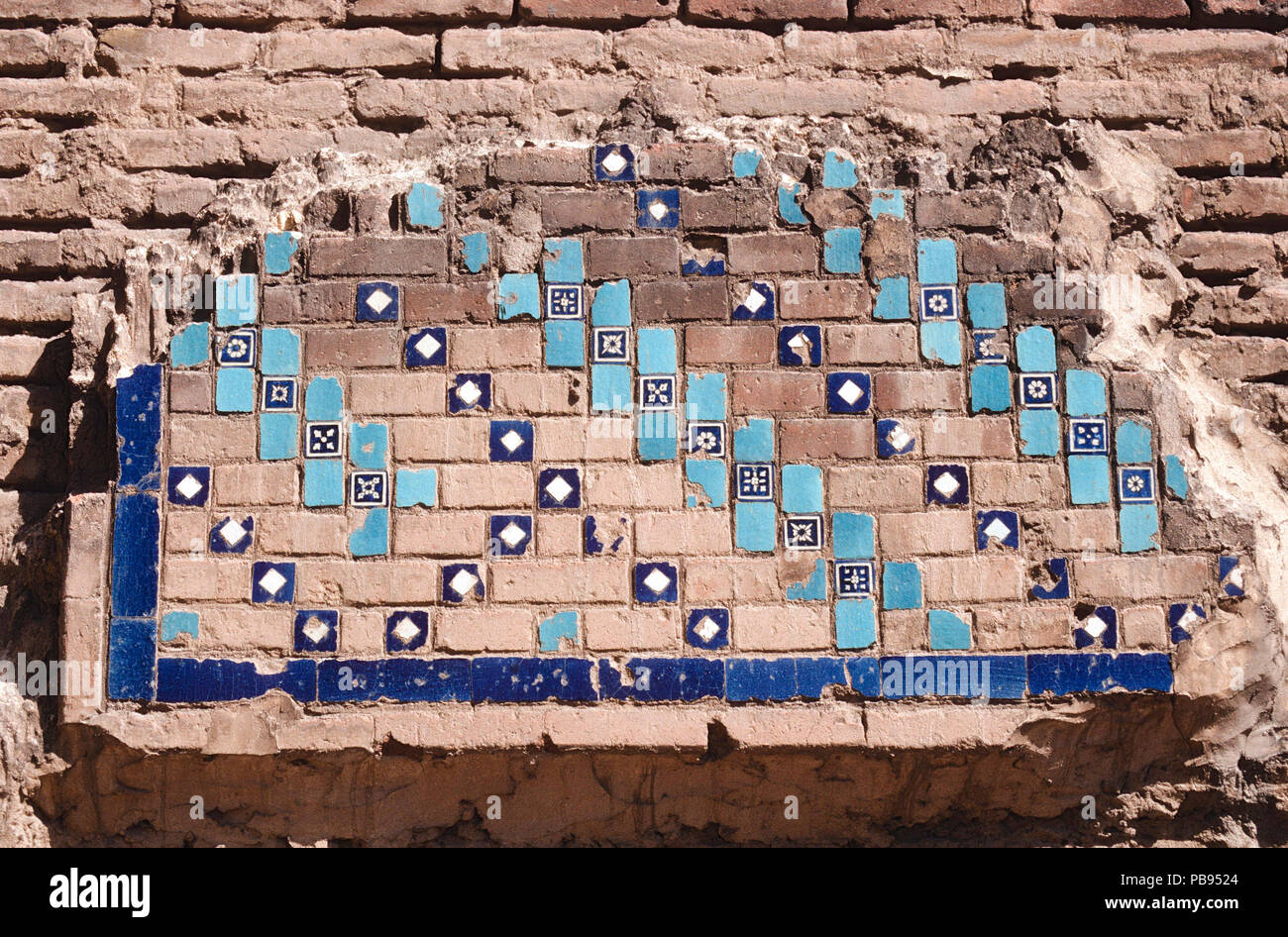detail of tilework, The Blue Mosque, Masjid-i Muzaffariya, Tabriz, Iran

Image details
Contributor:
B.O'Kane / Alamy Stock PhotoImage ID:
PB9524File size:
49.2 MB (4 MB Compressed download)Releases:
Model - no | Property - noDo I need a release?Dimensions:
5111 x 3367 px | 43.3 x 28.5 cm | 17 x 11.2 inches | 300dpiDate taken:
25 November 2017Location:
Tabriz, East Azerbaijan Province, IranMore information:
This image could have imperfections as it’s either historical or reportage.
The Blue Mosque (Pers. Masjed-e kabud), also known as Masjed-e Moẓaffariya, was built during the rule of the Qarā Qoyunlu dynasty (1351-1469) and completed in 1465. The only major Qarā Qoyunlu structure still standing in the dynasty's capital, it illustrates the artistic brilliance of Turkman Tabriz. The extant tilework documents artistic connections with contemporary architecture in Timurid Khorasan and in the Ottoman Empire. History. The Blue Mosque belongs to the architectural complex which is known as Moẓaffariya. Ḵātun Jān Begom (d. 1469), a wife of the Qarā Qoyunlu ruler Jahānšāh (r. 1439-67), established the mosque’s endowment. The inscription of the portal (pišṭāq) gives 4 Rabi‘ I 870/25 October 1465 as the date when the construction was completed. The building complex served multiple functions, but only the mosque and the mausoleum (qobba lit. "dome") are still standing. The vanished buildings and structures include a sufi convent (ḵānaqāh), an underground canal (qanāt, kāriz), and a garden called Begom-ābād or Bāḡ-e Begom, as well as perhaps a madrasa